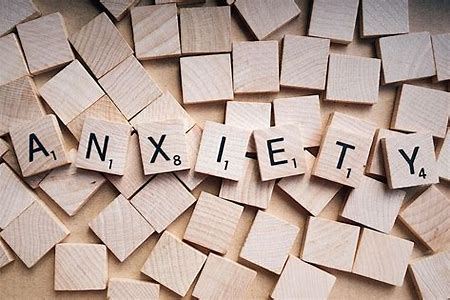How Anxiety Manifests in the Body and Ways to Regulate the Nervous System

Anxiety is a natural response to uncertainty and the fear of the unknown. It is deeply tied to our nervous system, triggering physiological changes that prepare our body to react to perceived threats. While this response is essential for survival, chronic or excessive anxiety can disrupt our well-being and overall health. Understanding how anxiety manifests in the body and learning how to regulate our nervous system can help us manage its effects more effectively.
The Nervous System and Anxiety
Our nervous system consists of the central nervous system (CNS)—which includes the brain and spinal cord—and the peripheral nervous system (PNS), which connects the CNS to the rest of the body. Within the PNS, the autonomic nervous system (ANS) plays a key role in regulating involuntary body functions such as heart rate, breathing, and digestion. The ANS has two primary branches:
- The Sympathetic Nervous System (SNS): Activates the “fight-or-flight” response, increasing heart rate, blood pressure, and alertness to prepare the body for action. Anxiety often arises when this system is overactive.
- The Parasympathetic Nervous System (PNS): Responsible for the “rest-and-digest” response, it counteracts the SNS by slowing heart rate, lowering blood pressure, and promoting relaxation. Activating this system helps to reduce anxiety. When we experience anxiety, our SNS is in overdrive, leading to symptoms such as rapid breathing, muscle tension, increased heart rate, sweating, and digestive issues. Chronic activation of the SNS can result in long-term stress, affecting both physical and mental health. Therefore, learning how to regulate our nervous system is crucial for overall well-being.
Regulating the Nervous System with Breathwork
Breathwork is a powerful tool for calming the nervous system and reducing anxiety. By consciously controlling our breath, we can activate the PNS, signalling to the body to relax. Over in the yoga tab you will find some online breath work videos that made be useful to begin exploring how our breath is the life force of our being and the power of how we use our breath can restore our health and reduce anxiety.
In addition to breathwork, other practices can help regulate the nervous system and reduce anxiety:
- Mindfulness Meditation: Involves focusing on the present moment without judgment, helping to calm racing thoughts.
- Progressive Muscle Relaxation (PMR): Systematically tensing and relaxing muscle groups to release tension.
- Physical Activity: Engaging in exercise, such as yoga or walking, helps to dissipate excess stress hormones.
- Grounding Techniques: Practices such as the “5-4-3-2-1” method (identifying things you can see, touch, hear, smell, and taste) help reconnect with the present moment.
- Healthy Lifestyle Choices: Maintaining a balanced diet, proper hydration, and sufficient sleep supports nervous system regulation. Anxiety affects both the mind and body, primarily through the activation of the sympathetic nervous system. However, by incorporating breathwork and other regulatory techniques, we can engage the parasympathetic nervous system to bring the body back into balance. Practicing these methods consistently can help reduce anxiety, improve emotional well-being, and promote overall resilience in the face of stress. By tuning into our body’s signals and using mindful interventions, we can cultivate a greater sense of calm and control in our daily lives.